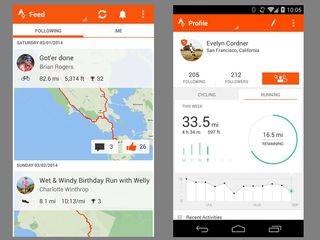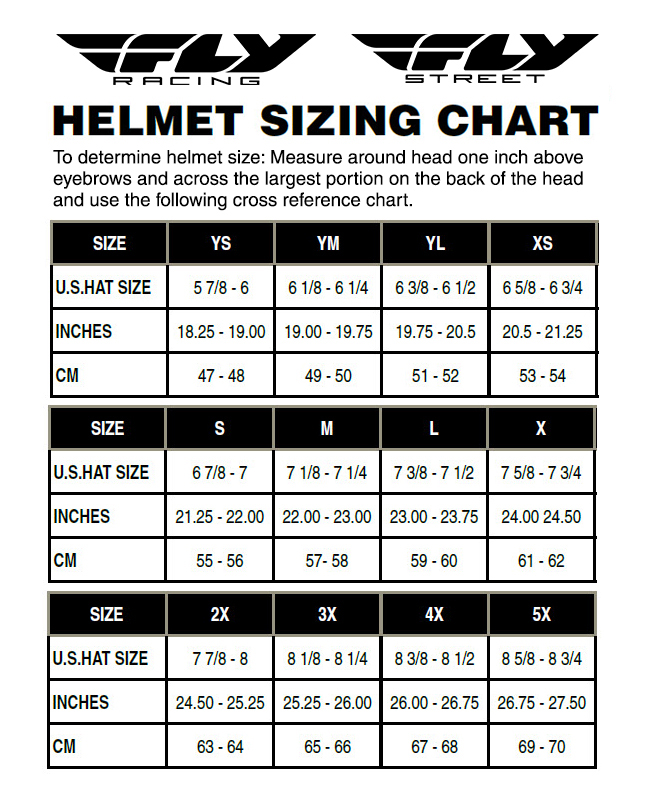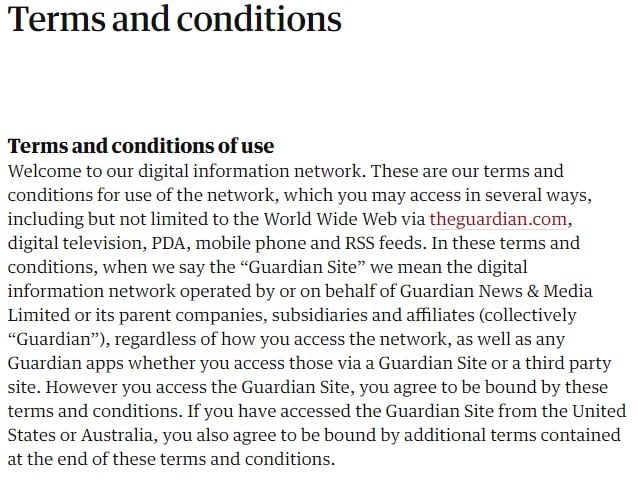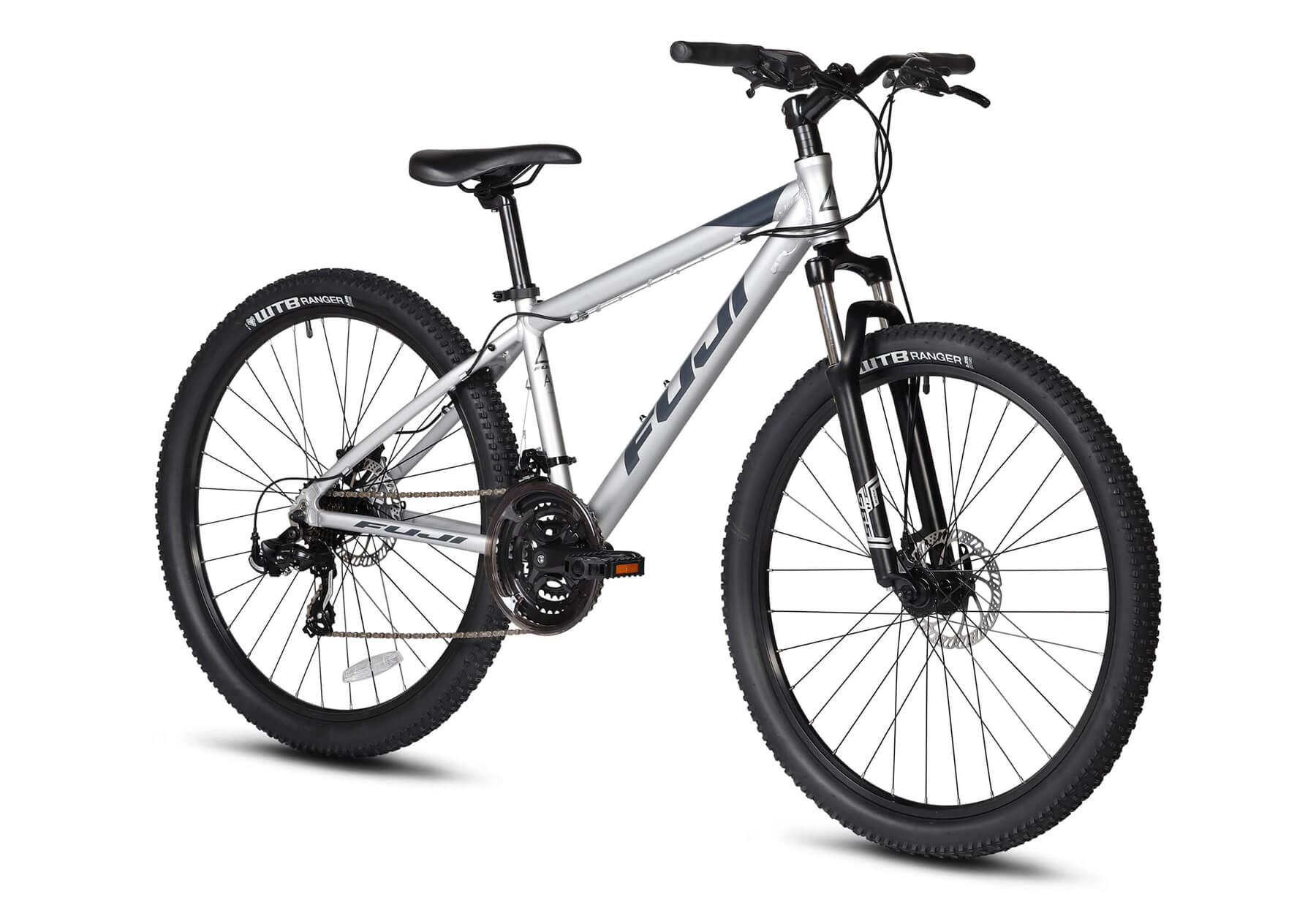Strava and MapMyRide are among the best bicycle tracking apps available today. They offer comprehensive tracking features and community engagement.
Bicycle tracking apps have revolutionized the way cyclists track their rides and progress. Strava stands out with its robust performance analytics, social networking features, and challenges that motivate users. MapMyRide offers detailed route tracking, personalized training plans, and seamless integration with various devices.
These apps not only help cyclists monitor their performance but also provide a platform to connect with fellow enthusiasts. Whether you are a casual rider or a professional, these apps cater to all your needs. Enhanced by user-friendly interfaces and regular updates, they ensure an engaging and efficient cycling experience.

Credit: www.cyclingweekly.com
Introduction To Bicycle Tracking Apps
Bicycling has become a popular activity. Many people enjoy riding bikes for fun, fitness, or commuting. With the rise of technology, tracking your rides has become easier. Bicycle tracking apps can enhance your biking experience.
Rise Of Cycling Technology
Technology has changed the way we ride bikes. Cycling technology includes devices and apps that help riders. These tools can monitor speed, distance, and routes. They can also track fitness progress.
Modern bikes often come with built-in tech features. This makes it easy to connect with tracking apps. These apps provide real-time data and feedback. This information can improve your riding skills and safety.
Importance Of Tracking Apps
Bicycle tracking apps are crucial for serious cyclists. They offer many benefits.
- Track your progress over time.
- Set personal goals and challenges.
- Share your rides with friends.
- Improve your fitness and performance.
- Find new and exciting routes.
These apps can also help you stay safe. Some apps offer emergency alerts and navigation features. This ensures you are never lost or in danger.
| App Feature | Benefit |
|---|---|
| GPS Tracking | Accurate route mapping |
| Speed Monitor | Track your speed in real-time |
| Distance Tracker | Measure the distance covered |
| Fitness Stats | Monitor your health metrics |
In summary, bicycle tracking apps make cycling more enjoyable. They provide valuable insights and data. This helps you ride smarter and safer.

Credit: www.bikeradar.com
Key Features Of Top Tracking Apps
Bicycle tracking apps have revolutionized the way we ride. They help cyclists navigate, analyze performance, and stay safe. These apps offer a range of features to enhance the cycling experience. Here, we explore the key features of top tracking apps.
Gps Navigation
GPS navigation is a crucial feature for any bicycle tracking app. It provides real-time route guidance, ensuring you stay on track. This feature often includes turn-by-turn directions and voice prompts.
- Real-Time Tracking: See your location on the map as you ride.
- Route Planning: Plan your route before starting your ride.
- Voice Guidance: Receive audio cues for turns and directions.
Some apps also offer offline maps. This feature is useful in areas with poor network coverage.
Performance Analytics
Performance analytics help you track and improve your cycling performance. These analytics include various metrics and detailed insights.
| Metric | Description |
|---|---|
| Speed | Track your average and maximum speed. |
| Distance | Measure the distance covered during your ride. |
| Elevation | Analyze the elevation gain and loss. |
| Calories Burned | Estimate calories burned based on your ride. |
These metrics are often visualized through graphs and charts. This helps you easily understand and compare your performance over time.
Strava: The Community Favorite
Strava has become a leading bicycle tracking app. It stands out due to its strong community features and effective training plans. Cyclists love its user-friendly interface and detailed performance data.
Social Features
Strava's social features make it a community favorite. Users can share rides and routes with friends. They can also join clubs and participate in challenges. This creates a sense of community among cyclists.
| Feature | Description |
|---|---|
| Feed | See your friends' activities and comment on them. |
| Clubs | Join clubs and meet cyclists with similar interests. |
| Challenges | Participate in challenges to stay motivated. |
Training Plans
Strava offers structured training plans. These plans help cyclists improve their performance. Users can choose from various plans based on their goals.
- Beginner Plans: Ideal for new cyclists.
- Intermediate Plans: Suitable for regular cyclists aiming to get better.
- Advanced Plans: For seasoned cyclists targeting peak performance.
Each plan includes detailed workouts and rest days. This ensures cyclists stay on track and avoid injuries. Strava’s training plans are a valuable tool for any cyclist.
Komoot: Adventure Planning
For bicycle enthusiasts seeking the best adventure planning tool, Komoot stands out. This app provides comprehensive features for route planning and offline navigation. Let’s delve into some of its key aspects.
Route Planning
Komoot excels in route planning. It offers a detailed map interface where users can plot their journey. The app suggests the best routes based on your preferences. Whether you prefer paved roads or mountain trails, Komoot has you covered.
- Customizable routes for different activities
- Elevation profiles for better planning
- Community recommendations for hidden gems
Additionally, you can adjust the difficulty level. This ensures that your route matches your skill set and stamina.
Offline Maps
One of Komoot’s standout features is its offline maps. You can download maps and use them without an internet connection. This is crucial for adventures in remote areas.
| Feature | Benefit |
|---|---|
| High-detail maps | Accurate navigation |
| Offline access | Reliable in remote locations |
With offline maps, you never worry about losing your way. The app ensures you stay on track throughout your journey.
Ride With Gps: Precision And Detail
The Ride with GPS app offers unmatched precision and detail for cyclists. This app is perfect for those who love custom routes and detailed metrics. Explore its features to enhance your cycling experience.
Custom Routes
Creating custom routes is easy with Ride with GPS. Use the app to plan your rides on scenic paths. The app provides turn-by-turn navigation to keep you on track. You can also share your routes with friends or the cycling community.
| Feature | Benefit |
|---|---|
| Route Planning | Design your own paths |
| Turn-by-Turn Navigation | Never miss a turn |
| Shareable Routes | Share with friends |
Detailed Metrics
Detailed metrics help you track your progress. The app records distance, speed, and elevation. Analyze your performance with easy-to-read charts and graphs. You can also sync the app with fitness devices for more data.
- Distance: Measure how far you ride
- Speed: Track your average and top speeds
- Elevation: Record your climbs and descents
Ride with GPS also supports social sharing. Post your rides on social media to inspire others. Detailed metrics make your rides more meaningful.
Mapmyride: Comprehensive Fitness
MapMyRide is a top-notch bicycle tracking app. It offers a full suite of fitness tools. From tracking rides to nutrition, it covers all. Here is why it stands out.
Workout Integration
MapMyRide syncs with various fitness devices. This makes tracking seamless. It supports heart rate monitors, power meters, and smartwatches. Here’s a list of compatible devices:
- Garmin
- Fitbit
- Apple Watch
- Polar
Users can log different types of workouts. This includes cycling, running, and swimming. This helps in maintaining a balanced fitness routine. The app also provides real-time stats. These stats include speed, distance, and elevation.
Nutrition Tracking
MapMyRide offers a built-in nutrition tracker. This feature helps in logging daily food intake. Users can track calories, macros, and hydration levels. The app also suggests meal plans. These plans are based on your fitness goals.
Users can see detailed charts of their nutrition data. This helps in understanding eating habits. It also aids in making better food choices. A balanced diet complements your fitness routine.
In summary, MapMyRide provides a complete fitness package. It integrates workouts and nutrition seamlessly. This makes it an ideal choice for serious cyclists.
Wahoo Fitness: Seamless Integration
Wahoo Fitness is a top choice for tracking bicycle rides. It offers seamless integration with various devices and provides real-time data. Cyclists can track their performance accurately and improve their rides.
Device Compatibility
Wahoo Fitness works with many devices. It supports popular bike computers, smartwatches, and smartphones. Below is a table showing compatible devices:
| Device Type | Examples |
|---|---|
| Bike Computers | Wahoo ELEMNT, Garmin Edge |
| Smartwatches | Apple Watch, Garmin Fenix |
| Smartphones | iPhone, Android Phones |
The app syncs data effortlessly across these devices. Cyclists can analyze their performance on any platform.
Real-time Data
Wahoo Fitness provides real-time data during rides. This includes:
- Speed
- Distance
- Heart Rate
- Cadence
- Elevation
Real-time data helps cyclists adjust their pace. They can push harder or slow down based on the data. This leads to better performance and more enjoyable rides.
The app also offers live tracking. Friends and family can see your location. This feature adds a layer of safety and social engagement.

Credit: www.bhf.org.uk
Comparing Free Vs. Paid Versions
Choosing the right bicycle tracking app can be overwhelming. Free and paid versions offer different features and benefits. Understanding these differences helps you make an informed decision.
Feature Differences
Free versions often cover basic needs. They usually include:
- GPS tracking
- Route mapping
- Distance and speed metrics
Paid versions offer more advanced features. These can include:
- Advanced analytics
- Heart rate monitoring
- Customizable training plans
- Ad-free experience
| Feature | Free Version | Paid Version |
|---|---|---|
| GPS Tracking | Yes | Yes |
| Route Mapping | Yes | Yes |
| Distance Metrics | Yes | Yes |
| Advanced Analytics | No | Yes |
| Heart Rate Monitoring | No | Yes |
| Training Plans | No | Yes |
| Ad-Free | No | Yes |
Value For Money
Free versions are great for casual riders. They cover all the essentials without cost.
Paid versions are better for serious cyclists. The extra features justify the cost, offering better training and analysis.
- Evaluate your cycling goals.
- Consider how often you ride.
- Look at the additional features you need.
Paid apps often provide better support and updates. This ensures your app stays current and functional.
Whether free or paid, choose the app that fits your needs best. Happy cycling!
Choosing The Right App
Choosing the right bicycle tracking app can be a game-changer. It helps you track your rides, monitor your progress, and stay motivated. But with so many options available, how do you choose the best one? Let's dive into the key factors you need to consider.
Personal Needs
Your personal needs should be the first thing to consider. Are you a casual rider or a serious cyclist? Do you need basic tracking or advanced features?
- Casual Riders: Look for apps with simple tracking and easy-to-use features.
- Serious Cyclists: Choose apps offering advanced metrics like heart rate, cadence, and power output.
Understanding your needs will help you narrow down your choices.
User Interface
The user interface (UI) is crucial. A good UI makes an app easy to use and enjoyable.
| Feature | Importance |
|---|---|
| Ease of Use | High |
| Clear Layout | High |
| Customization Options | Medium |
Look for apps with a clean and intuitive interface. This will enhance your overall experience.
Frequently Asked Questions
What Are The Best Bicycle Tracking Apps?
Some of the best bicycle tracking apps include Strava, MapMyRide, and Komoot. These apps offer GPS tracking, route planning, and performance analysis. They are user-friendly and widely used by cyclists.
How Does A Bicycle Tracking App Work?
A bicycle tracking app uses GPS technology to track your ride. It records your route, speed, distance, and elevation. The data is then displayed on your smartphone for analysis.
Can I Use Bicycle Tracking Apps Offline?
Yes, some bicycle tracking apps like Komoot and Strava offer offline maps. You can download maps in advance and use them without an internet connection.
Are Bicycle Tracking Apps Free?
Many bicycle tracking apps offer free versions with basic features. However, premium versions with advanced features may require a subscription. Strava and MapMyRide offer both free and paid options.
Conclusion
Choosing the right bicycle tracking app can enhance your biking experience. These apps offer features like route planning, performance tracking, and social sharing. Explore the options to find the perfect fit for your needs. With the right app, you’ll enjoy safer, more enjoyable rides.
Happy cycling!














